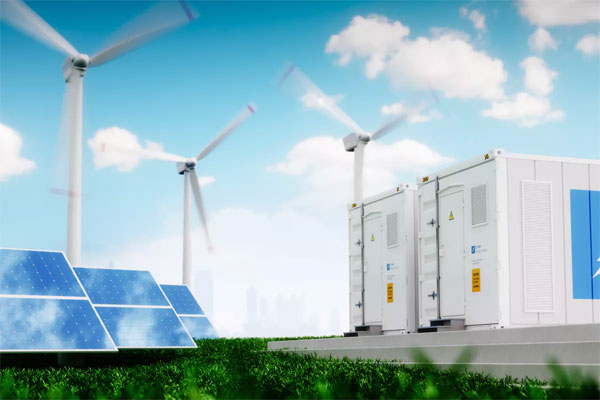- Solar and Wind technologies now threatening coal and natural gas.
- Battery storage is also getting more competitive, and is now the cheapest new-build technology for peaking purposes.
According to a new report produced by BloombergNEF, solar and onshore wind power are the cheapest new sources of electricity—for at least two-thirds of the world’s population.
Those two-thirds live in locations that comprise 71% of gross domestic product and 85% of energy generation.
The data revealed that levelised costs of electricity (LCOE) for onshore wind and photovoltaic panels (PV) fell to 9% and 4% respectively, compared with 2019.
On a global scale, the analysts estimate that some of the cheapest PV projects financed in the last six months will be able to achieve an LCOE of $23-29 per megawatt-hour, assuming competitive returns to their equity investors.
Those projects can be found in Australia, China, Chile, and the U.A.E., where they will challenge the existing fleet of fossil fuel power plants.
Looking at these numbers, it’s safe to project that solar and wind technologies could squeeze out coal and natural gas when utilities develop new power plants.
The report adds that battery storage is also getting more competitive.
That battery storage is now the cheapest new-build technology for peaking purposes (up to two-hours of discharge duration) in gas-importing regions, like Europe, China, or Japan.
The LCOE for batteries has fallen to $150 a megawatt-hour, about half of what it was two years ago.














Comments